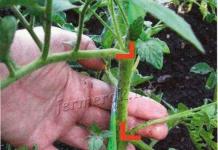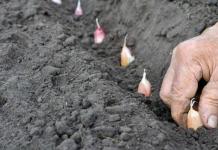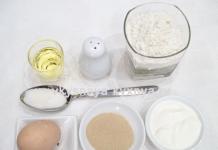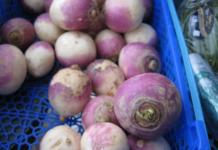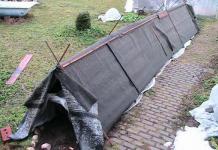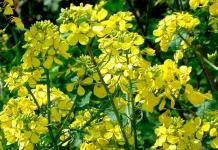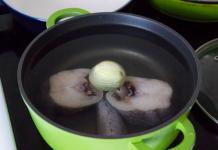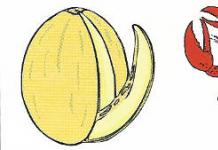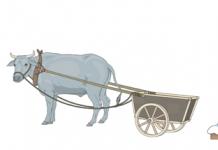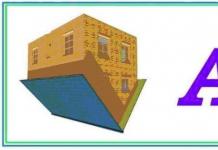Tomatoes are an excellent culture, small or large, elongated, round or oval in shape. They exist in a huge variety of shades and flavors. Gardeners can talk at length about their tomato crops, boasting about the beauty and taste of their own-grown fruit. Even experienced gardeners quite often ask this question: why tomato seedlings grow poorly, and what caused this.
It happens that tomato seedlings suddenly abruptly stop in their growth. If this happens, then there is no need to panic. It is necessary to determine as soon as possible what is the reason for the sudden stop in the growth of seedlings or the reason why weak tomato seedlings have grown - what to do in each specific case, what measures to take. What actions to take when tomato seedlings do not grow well enough, even experienced gardeners do not always know.
The process of growing tomatoes may seem difficult for those who, in principle, have not encountered it, tried to do it without the necessary basic knowledge, or previous attempts were not so successful. However, it happens that it does not grow, tomatoes planted in open ground suddenly slow down growth, shed their ovaries, it may be that, with a visually visible healthy appearance, they give a small crop. What's the matter here? Let's see where the root of the plant's weak growth or its sudden stop is hiding.
There may be several reasons for this: from a lack of nutrients and lighting to the spread of small pests and the manifestation of various diseases. Often weakened seedlings can still be saved. We will try to reveal as accurately as possible the question of why tomato seedlings do not develop - what to do, how to prevent this. There are several reasons why tomatoes do not grow as they should, or grow to a small size and then stop growing. 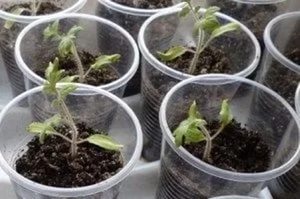
The main reasons why tomato seedlings develop poorly include:
- incorrect picking;
- improper care;
- plant diseases;
- pests;
- lack of nutrients.
Incorrect picking of tomato seedlings
One of the main culprits for stopping the growth of seedlings is improper picking (transplanting).
If tomato seedlings do not grow well after picking, then the main reason was precisely the quality of the work done, namely: the roots can be badly damaged or torn off, or they are bent; when transplanting, the roots of the seedlings could be poorly compressed, which led to the formation of air cavities next to them . To prevent the formation of air gaps, the ground around the plant is usually carefully tamped in layers.
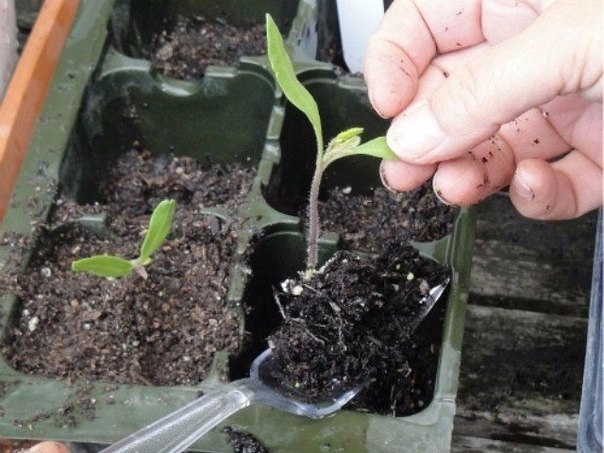 The presence of a long root system of tomatoes also explains why tomato seedlings do not grow after picking, namely after a rough operation, as a result of which these very roots were badly damaged. Therefore, when picking, it is necessary to dig a hole deep enough so that the root elements of the tomato are freely located in it. Before transplanting, the soil must be thoroughly watered. When moisture is absorbed, with a small spatula or even a hand, each sprout is transferred to a new place along with an earthen clod, and this is mandatory. The roots with this method of picking are almost not damaged.
The presence of a long root system of tomatoes also explains why tomato seedlings do not grow after picking, namely after a rough operation, as a result of which these very roots were badly damaged. Therefore, when picking, it is necessary to dig a hole deep enough so that the root elements of the tomato are freely located in it. Before transplanting, the soil must be thoroughly watered. When moisture is absorbed, with a small spatula or even a hand, each sprout is transferred to a new place along with an earthen clod, and this is mandatory. The roots with this method of picking are almost not damaged.
For healthy growth, tomato seedlings need to provide certain conditions. If, after transplanting, the tomato seedlings stopped growing - what to do after that. A certain temperature regime is needed: the temperature during the day should be about 16-18°C, at night - about 13-15°C. During this time, it is necessary to water three times, the last of which is one day before the pick. The water temperature must be 20°C.
Two weeks after the completion of the transplant, it is advisable to feed the plants with nitrophoska. During the entire time, the seedlings are moderately watered as the earth dries up. If, subject to all the conditions described, tomato seedlings still do not grow after picking, or it happens very slowly, you can use a growth stimulator, for example, sodium humate. The prepared solution for irrigation should resemble the color of weak tea or beer. You need to water a whole glass for each sprout.
Improper care of tomato seedlings
 Errors in caring for seedlings can explain why tomato seedlings are pale and thin, how to fix this in order to stimulate further tomato growth. One of the sources of deterioration of the condition of the sprouts is the flooding of the seedlings, as a result of which the roots were blocked from oxygen and they suffocated. In such a situation, the drainage passages in the containers with seedlings are urgently cleaned, the top layer of the earth must be carefully loosened if the seedlings are not too small or located very close to each other.
Errors in caring for seedlings can explain why tomato seedlings are pale and thin, how to fix this in order to stimulate further tomato growth. One of the sources of deterioration of the condition of the sprouts is the flooding of the seedlings, as a result of which the roots were blocked from oxygen and they suffocated. In such a situation, the drainage passages in the containers with seedlings are urgently cleaned, the top layer of the earth must be carefully loosened if the seedlings are not too small or located very close to each other.
By improper watering of bushes already planted on the beds, one can justify why tomato seedlings grow slowly, perhaps this is an insufficient amount of moisture or its excess. Neither one nor the other is needed for growing tomatoes, since they are rather whimsical crops that need water, but not as much as for peppers or cucumbers. The largest volume of water is needed by the tomato during the formation of ovaries and further growth of the fruit. At this time, the earth constantly needs moisture.
The next circumstance that affects the fact that seedlings, growing to a certain size, stop further development, may be associated with the substrate. Proper watering, top dressing, a good place, and tomato seedlings are pale and thin - what to do, and where is the mistake. The sprouts, most likely, do not fit the soil. Under such circumstances, you will have to change the land. A consequence of why tomato and pepper seedlings grow poorly may be a lack of light. You can take out one seedling along with the ground for verification and look at its roots: if they turn white, then the problem lies in the lighting.
Diseases of tomato seedlings
Consider the following circumstance, due to which tomatoes grow very poorly: seedling diseases and its treatment with proven methods. Often seedlings do not grow due to the manifestation of diseases. The most basic diseases of tomato crops are black leg and various rot. Rot attacks the plant in case of excessive watering at low ambient or ground temperatures. 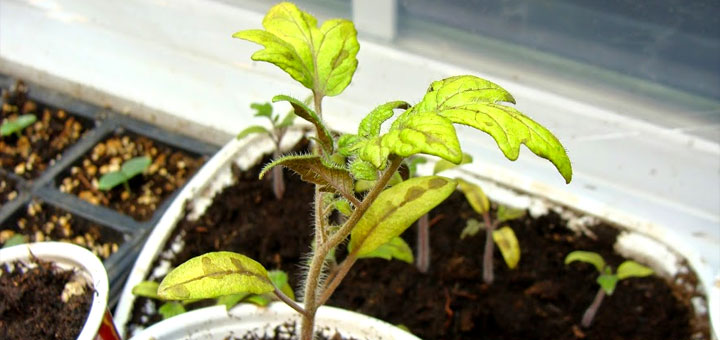 The result can be very weak tomato seedlings - what to do, how to stop it. It is urgent to try to save the remaining seedlings by transplanting them into fresh soil, after washing the roots with a solution of potassium permanganate, phytosporin.
The result can be very weak tomato seedlings - what to do, how to stop it. It is urgent to try to save the remaining seedlings by transplanting them into fresh soil, after washing the roots with a solution of potassium permanganate, phytosporin.
The black leg is another common reason that tomatoes do not grow well and the seedlings are frail - what to do here. This disease tends to develop rapidly in adverse conditions. Outwardly, it manifests itself in the darkening of the root base of the seedling, its further softening and the death of the culture. This is a fungal infection that is provoked by too dense planting, excessive watering, heat or insufficient light. Seedlings can be saved only if the infection is detected in a timely manner - loosening, pouring with a solution of potassium permanganate.
It is best to try to prevent tomato diseases in advance. To do this, gardeners with experience in growing tomatoes dry the seeds before planting, soak the seedling containers in a solution of potassium permanganate, and also treat the soil mixture with potassium permanganate before sowing. Seedlings are planted freely, watered rarely, but a lot, so that the substrate remains moist inside and the surface dries up. Sometimes sand is added to seedling boxes to prevent root rot.
Pests of tomato seedlings
Sometimes various insects or their larvae can seriously damage the quality cultivation of tomato varieties. A gardener cannot do without appropriate knowledge about tomato pests and how to get rid of them. All pests of tomato seedlings can be divided into two conditional groups:
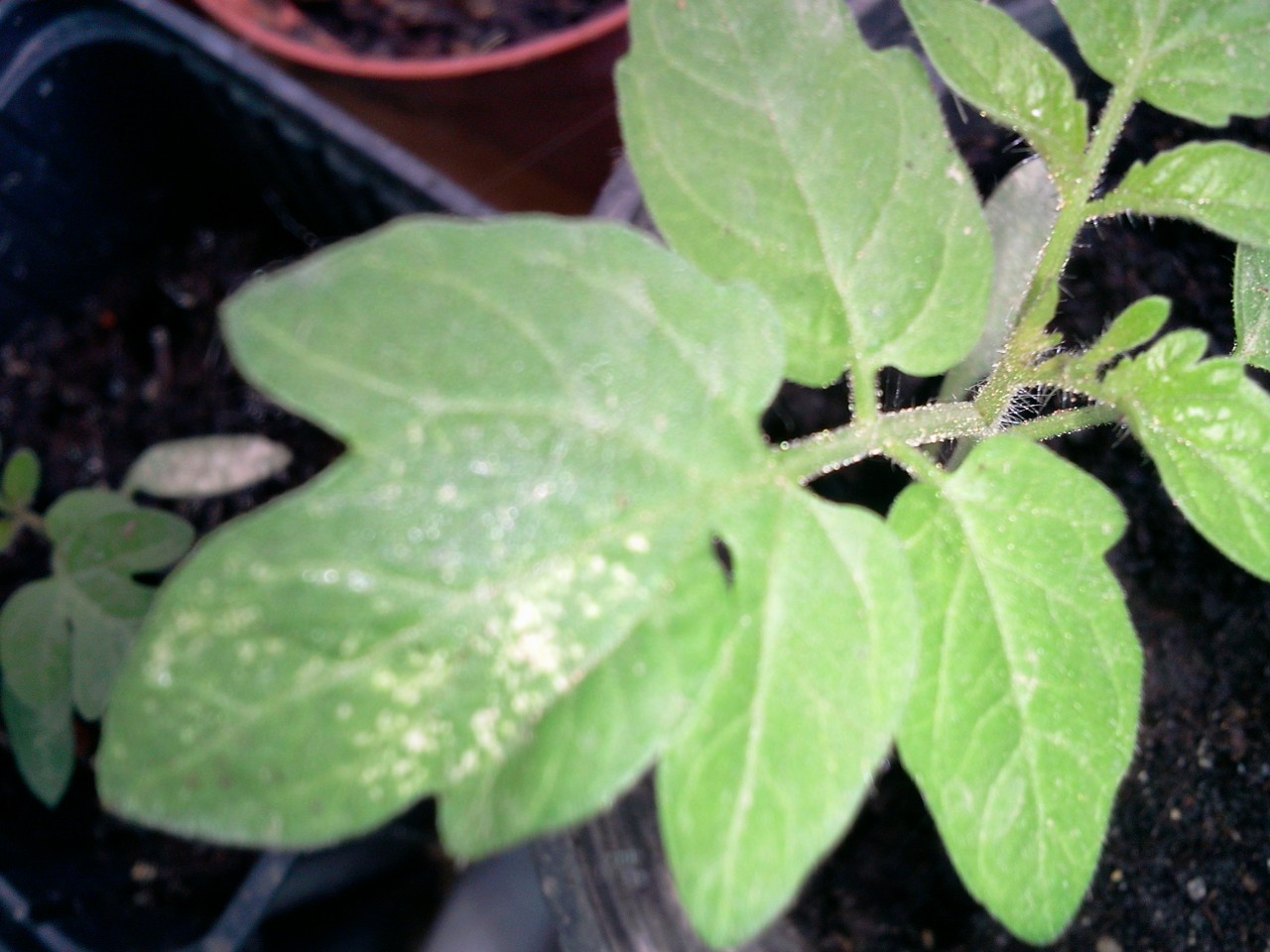
Sometimes an unusual method is used: they are looking for ways to attract biological individuals to the personal plot that destroy May beetles: frogs, birds. The fight against the main pests of the root system of tomatoes also involves the use of chemical methods. If weak tomato seedlings have formed due to insects - what to do and what means are best used. Insecticides of a narrow and wide range of effects are introduced into the soil: Antikhrushch, Prestige, Rembek and Rembek Granula. To get rid of the larvae of the May beetle, the roots of the seedlings are soaked in a chemical solution of Aktar 25 before planting.
Aphids, caterpillars, whiteflies can be the reason why tomato seedlings are pale and grow poorly, despite quality care and good growth conditions.
The fight against them involves the treatment of tomato seedlings with insecticides, such as: Akarin, Tomato Rescuer, Confidor maxi, Ratibor, Proteus. Treatment with a chemical solution is carried out only in dry, warm weather and subject to all the rules in the instructions.
Insufficient nutrition of tomato seedlings
Another important component of good growth and a rich harvest of tomatoes is nutrition. Tomatoes are almost one of the most capricious crops in nutrition, but being too zealous is also undesirable. So, for example, with an excess of nitrogen in the ground, you can get a rapid growth of the vegetative mass, which is to the detriment of the crop. If tomato seedlings do not develop - what to do, how to find out exactly what nutrients and elements the seedlings lack, and how to eliminate this without harming the plant?
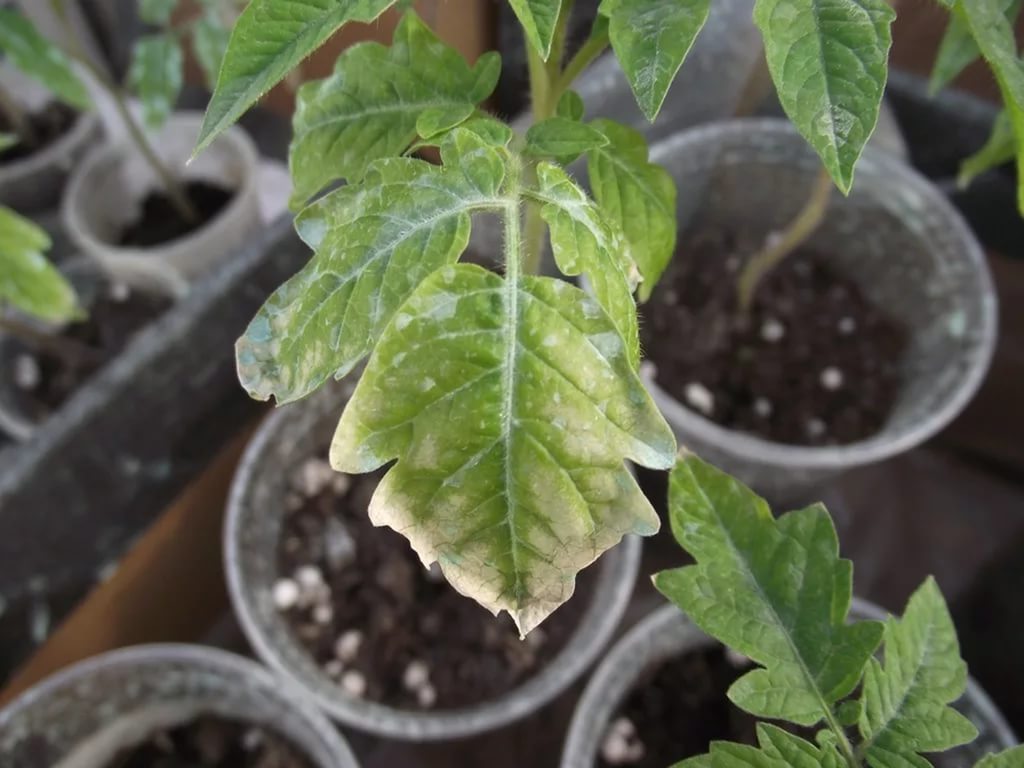 Symptoms of a deficiency of one or another trace element may be as follows. It is easy to detect an excess of nitrogen matter in the ground; it is enough to closely examine the flowers of the plant. If the bright sepals are larger than usual, and their stamens are barely noticeable, then this is a sign of an excess of nitrogen in the soil. If you understand the reasons why the leaves of tomato seedlings are pale green, then nitrogen can also be the source of the problem. With insufficient nitrogen, the culture looks weak, has a thin stem, the leaves are small and turn pale.
Symptoms of a deficiency of one or another trace element may be as follows. It is easy to detect an excess of nitrogen matter in the ground; it is enough to closely examine the flowers of the plant. If the bright sepals are larger than usual, and their stamens are barely noticeable, then this is a sign of an excess of nitrogen in the soil. If you understand the reasons why the leaves of tomato seedlings are pale green, then nitrogen can also be the source of the problem. With insufficient nitrogen, the culture looks weak, has a thin stem, the leaves are small and turn pale.
The formation of a purple-scarlet hue on the undersides of seedling foliage may indicate a deficiency of the element phosphorus. When the leaves at the very bottom begin to turn yellow at the edges and twist, this means a lack of potassium. An insufficient amount of magnesium is visually manifested in the marbling of the foliage of the seedling. In all situations, the treatment of tomato seedlings is based on the addition of the necessary dressings.
With a lack of iron, tomato seedlings do not grow, because they develop chlorosis. The bush turns yellow and loses color, pale tomato seedlings form - what to do if there is such a thing. In the case of the above symptoms, you should immediately stop lighting the seedlings and urgently remove the tomatoes from the light source. In too severe cases, it is worth feeding and spraying the plant with an iron-containing composition, fertilizing with appropriate preparations.






